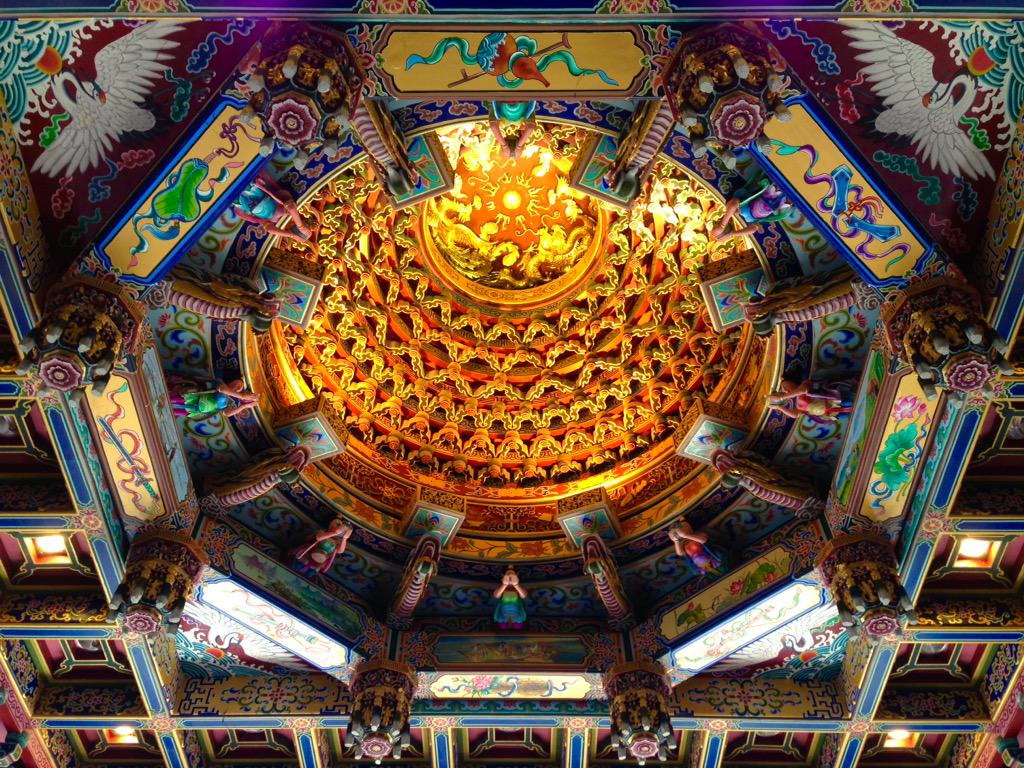
- Moi Jing is a dome-shaped ceiling in a Chinese building, usually located above the room.
Chinese ancient architectural culture is vast and profound. Everyone who mentions Zaijing may feel strange, but you must have seen it. When you linger in a magnificent palace, look up at the dome and decorate it with various patterns of flower and algae. Sculpture and painting . Moiwa looks like a dazzling pearl in the long river of history and culture, emitting a dazzling light.
The concept of Moi
Moiwa is a dome-shaped thing recessed upward from the ceiling, used above the main image in the temple or above the throne of the emperor in the palace.
The Debate Between Moi Jing and Smallpox
The smallpox is a component that covers the top of the building. The small dome-shaped smallpox in the building is called Moi Jing. Each square of the smallpox is a well, and it is decorated with patterns, sculptures, and paintings.
The word Zaojing was first seen in Hanfu. Moi Jing is a kind of interior decoration like ordinary smallpox, but Moi Jing can only be used on the most noble buildings. In the Tang Dynasty, it was clearly stipulated that Gongzaojing was not allowed to be used if it was not the residence of the prince. So we can say that Moi Jing is a more advanced smallpox.
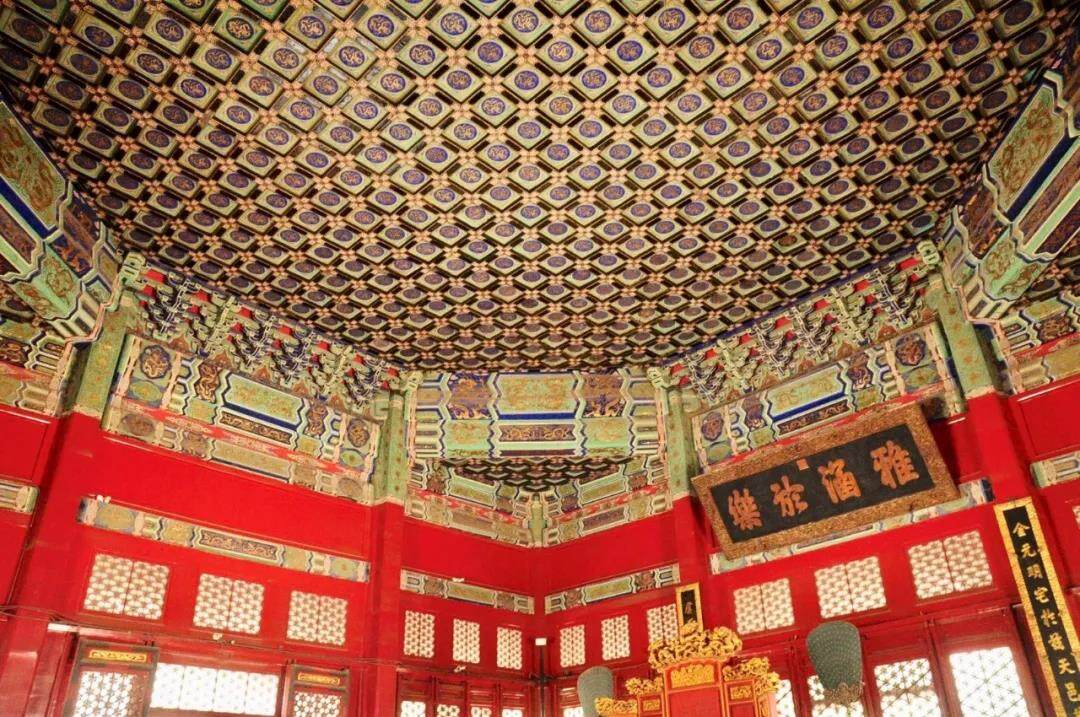
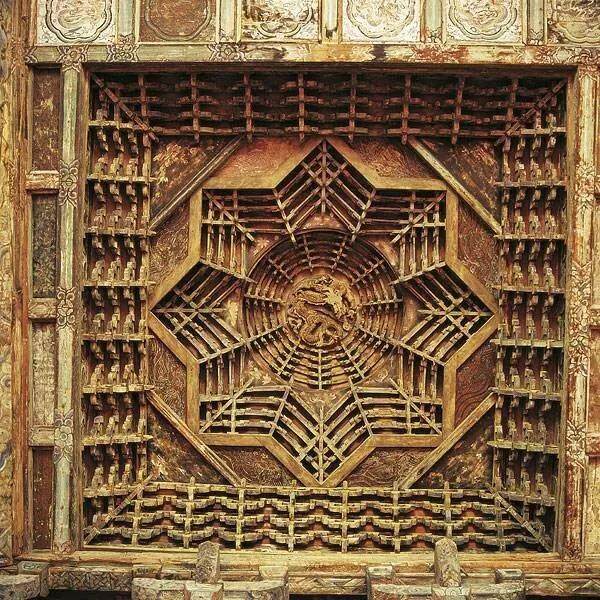
Previous life of Moi
Moi Jing was developed by imitating the structure of ancient cave buildings, just like the ceiling on the roof. The ancients wanted to decorate the ceiling, so a fine decoration form appeared. Its earliest written record is found in "Haijing Fu" by Zhang Heng of the Han Dynasty, "The Poached Eggplant and the Moi Jing, and the Hunting of the Red Puppet".
During the Han and Wei dynasties, Zaojing, an interior eaves decoration form, began to appear in the building.
During the Sui and Tang dynasties, it developed into a layered structure with square wells and a circular floral decoration as the center.
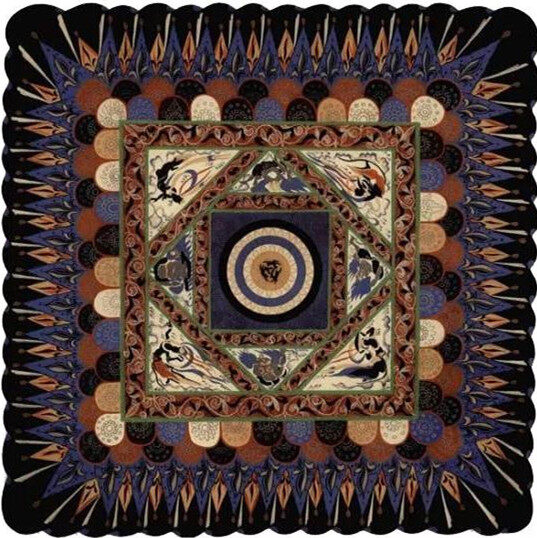
In the Song and Yuan Dynasties, the "Changing French Style" clearly divided the decoration of smallpox into three categories: Ping, Pingmou and Zaojing. Flat is made of square wooden grids neatly arranged and intersected as small grids, covered with wooden boards. Pingyao is a kind of smallpox that is placed on a large square wooden grid and painted with colorful pictures. Since then, the culvert of the word Zaijing has been specifically defined as a dome-shaped structure with small ceilings protruding upwards, and its application place and location are also limited, usually above the main image of the temple or above the throne of the emperor in the temple.
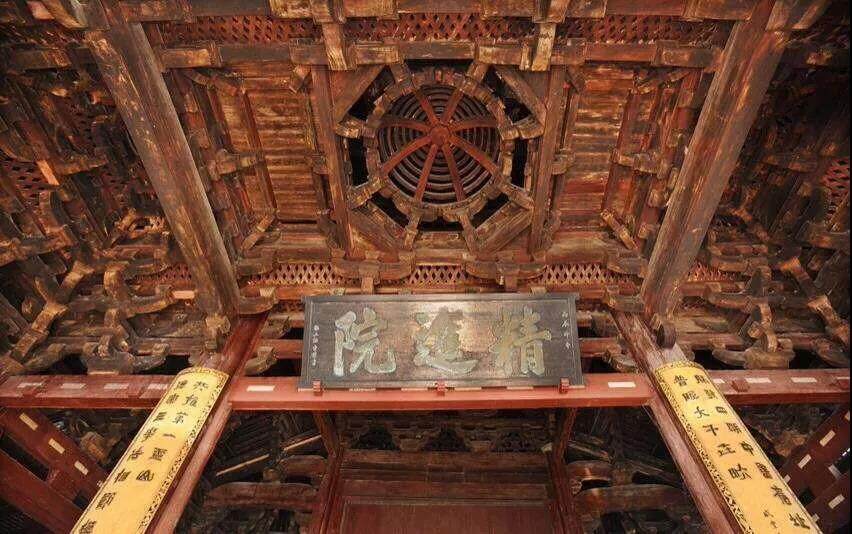
During the Ming and Qing Dynasties, the decoration of Zaojing was more complicated and detailed. From pattern decoration to carving, the theme of decoration was mostly dragon and phoenix. Therefore, in the Qing Dynasty, Zaojing was also called Longjing.

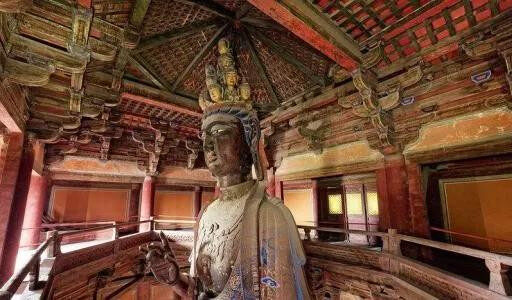
About Moi Jing grade and symbolic meaning
Moi Jing secretly merged the idea of harmony between man and nature. Regardless of the type of structure, Moi Jing basically forms the shape below the upper garden, which coincides with the cosmic view of the "circle of place" and has the meaning of "sky". The emperor is the Son of Heaven, who is in charge of the order of the earth by the order of heaven. On the emperor's throne, the engraved panlong in the mirror of the center of Zaojing shows that the emperor has the supreme power from heaven.Classification of Moi
It can be divided into four categories according to its type
① Circular Moi Jing: Colorful colors, exquisite shapes, and great ornamental value.
②Square algal wells: Multi-level changes of moiré patterns have been added.
③ Bagua-shaped Moi Jing: octagon, and the number of stacked layers increases.
④Oval spiral algae well: The structure of the algae wells is staggered with each other, and the dome-like structure superimposed on each other gradually shrinks into a spiral algae well from bottom to top.
Divided into five categories according to its central pattern
①Square well nested algal well: It is the relic of the pattern of chess in the North Dynasty. As long as the structure of the nest well nested frame is retained, the pattern in the well has various changes.
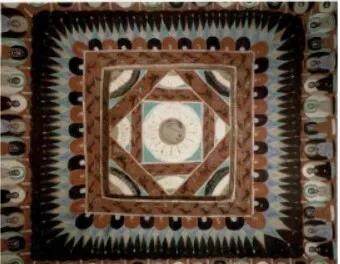
②Cotton lotus algae well: It is a kind of algae well unique to the Sui Dynasty. The characteristic is that the inside of the well is an eight-petal large lotus, which is surrounded by deformed stems and honeysuckle patterns. The natural shape of the well has round pebbles, honeysuckle, and white bead patterns, which are trimmed with long, large and delicate triangular drapes. Sui Dynasty's Zao Jing's works are not novel and novel.
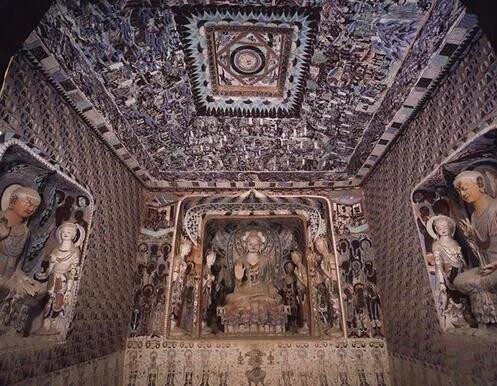
③ Feitian Lotus Mozai: The well is relatively wide, and there are several flying circles around the lotus that fly around the lotus. This type of Moi Jing decoration has transcended the space of the cave, giving people a feeling of looking up at the openness and vastness.

④ Shuanglong Lotus Mozai: Two dragons are painted in the shape of two dragons on the two sides of the lotus in the center of the well, and there are sixteen flying flying flowers scattered around Moijing, echoing inside and outside, with a strong dynamic.

⑤Large lotus flower well: Only one large lotus flower is drawn in the well, or the four corners are paired with one corner flower. Mostly used in palaces, temples, and the most important parts above the altar.
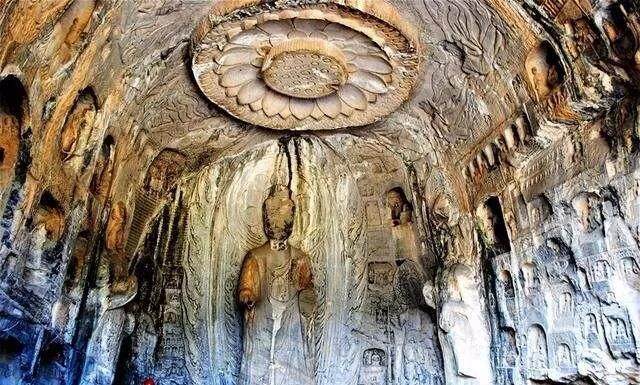
The beauty of color in Moi
There are few preserved alga wells in ancient buildings. The analysis of the color law of alga wells is mainly based on the alga wells in the frescoes of Mogao Grottoes in Dunhuang. The colors commonly used in Dunhuang Zaojing include slate, green, earth red, vermiculite, cinnabar, red, yellow, and white powder. The colors are saturated and bright, and there are different color matching styles in different periods.
In the early days, the color of the alga was mellow and saturated, and a large number of colors of the earth color system were used, with the use of earth yellow, earth red, stone green, white, and deep red being the most. The overall tone was warm and simple;
The Sui Dynasty is a period inherited from the past. The color of Moi Jing is fresh and elegant. The main color is the cool color based on Shi Qing. There is a small amount of eosin contrast and the color is bright and vivid.
The color of the Zaojing in the Tang Dynasty was gorgeous, bright and strong, mainly using cinnabar, red, green, turquoise, yellow and other colors;
During the Song and Yuan Dynasties, Shi Huang was added in large quantities, which made Zao Jing's color style tend to be gentle and peaceful.
The famous Moi
Beijing Longfu Temple Tiangong Zaojing
Located at the northwest corner of the East Fourth Cross Road, it was built in the three years of Jingtai in the Ming Dynasty (1452 was a temple built by Zhu Qiyu of the Ming dynasty, and Tiangong Zaojing in Longfu Temple in Beijing is an exquisite example of the existing Ming Dynasty Zaojing in China. Inside the outer circle of Zaojing, such as the money-like member well made by the three-tiered palace palace, there are many immortals arranged in the huge circle beam structure, and the tenon-and-mortise combination is used to cleverly use the mechanical principle in the complex structure.
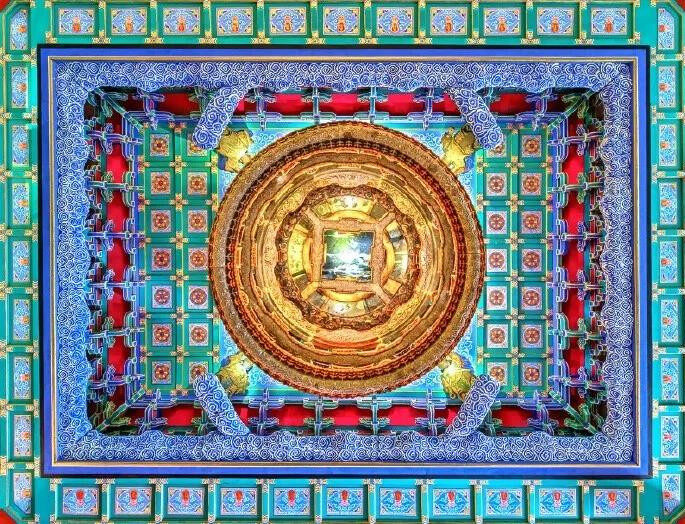
In 1901, in the 27th year of Guangxu of the Qing Dynasty, a large fire burned away most of the Longfu Temple.
In 1976, when the Tangshan earthquake hit Beijing, only a few temples in the Longfu Temple nearly collapsed.
In 1989, the Mozai component of Longfu Temple was transferred to the Taisui Hall of Xiannongtan for preservation.
On the evening of August 12, 1993, Longfu Temple suffered another fire, and the formerly glorious Longfu Temple completely disappeared.
In 1994, after the analysis and analysis of the relics of Zaojing, a restoration design was carried out. In accordance with the principle of repairing old materials as old, the Zaojing Zhengming Temple Mingjian Zaojing was protected and repaired in the original form, original structure and original process.
In 2011, the Beijing Museum of Ancient Architecture also carried out protective repairs to the two algal wells in the middle of the Zhengjue Temple and the Ming algal wells in the Pilu Temple.
In 2019, the legacy of Beijing Design Week also attempted to restore this moss well.
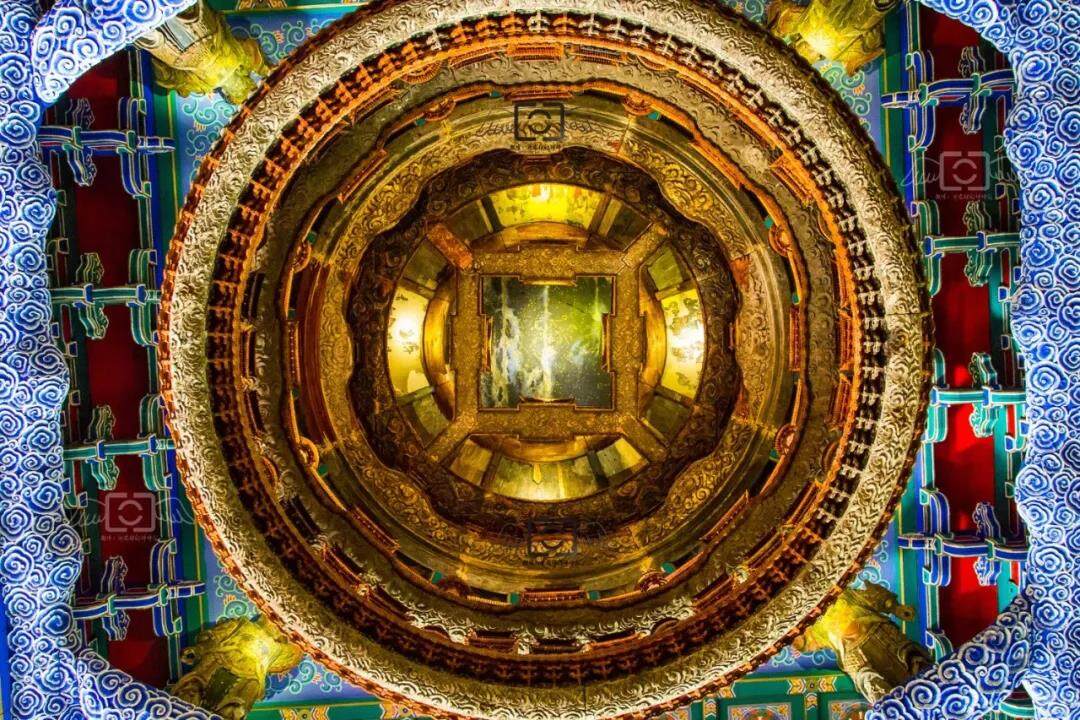
The Great Palace of Shenyang
The Grand Palace of the Officials of Shenyang is located on the east road of the Imperial Palace in Shenyang, and was built by the Qing ancestor Nurhachi. Because of its unique architectural form and high artistic value, it was not only the iconic building of the Shengjing Palace at that time, but also one of the city landmarks of Shenyang today. Moi makes the hall more magnificent.

Renaissance of Moi
As the essence of China's traditional architectural culture, Moi Jing culture, the spiritual connotation and core content it embodies as an important decoration of architecture also need to be continuously inherited and developed by us today.
The Anhui Hall of the Great Hall of the People also used the Dunhuang Moi Jing element in many places. The center of the top ceiling is inlaid with crystal glass, and the large ceiling lanterns are surrounded by golden stone sculptures and checkerboard-colored algae. Its style is derived from the decoration of the Tang Dynasty Zaojing in the Tang Dynasty. Elements, combined with the needs of building structure, lighting, ventilation and other functions, form a decorative style unique to the Great Hall of the People in the form of gypsum flower reliefs.

China's Zaojing incorporates ingenious ingenuity, contains unparalleled wisdom, and blends into all the beauty of the world. There you just need to look up to see the most beautiful China. Editor / Zhao Yongjing
Comment
 Praise
Praise
 Collect
Collect
 Comment
Comment
 Search
Search



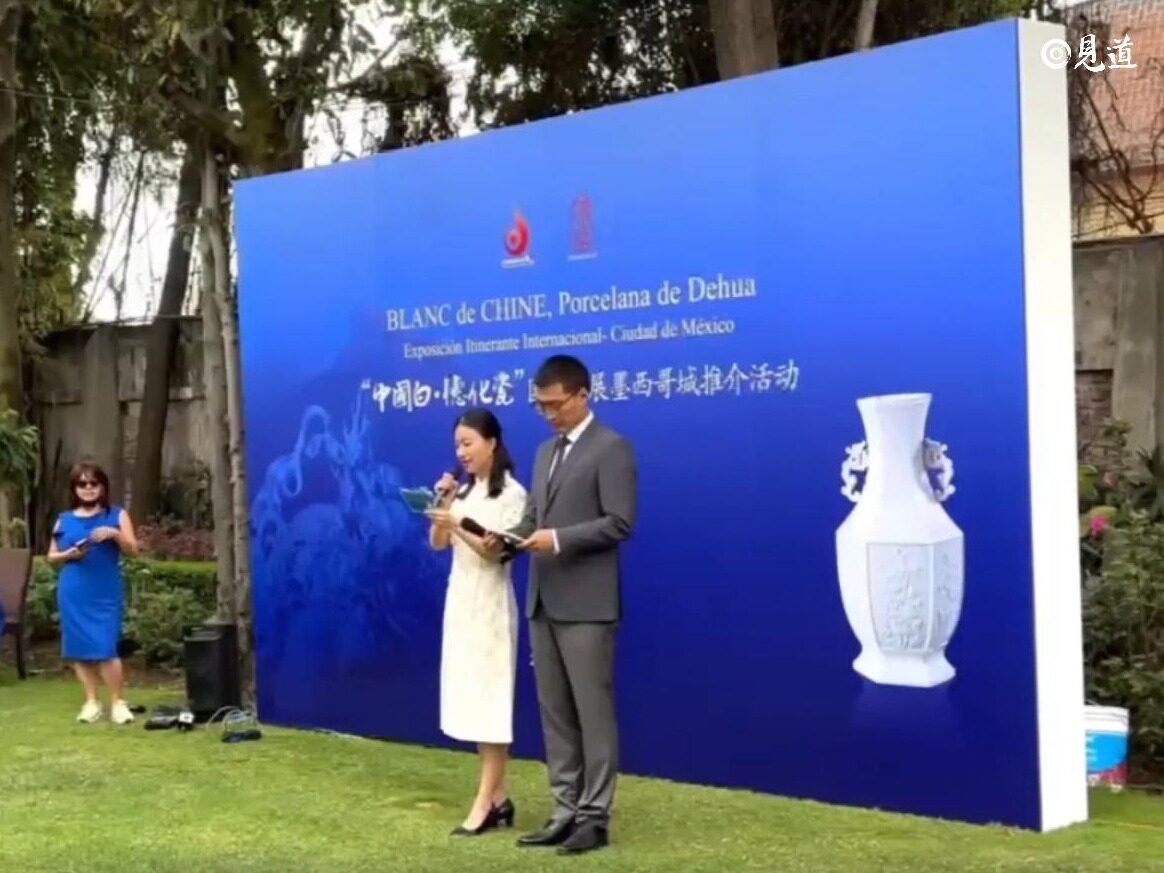

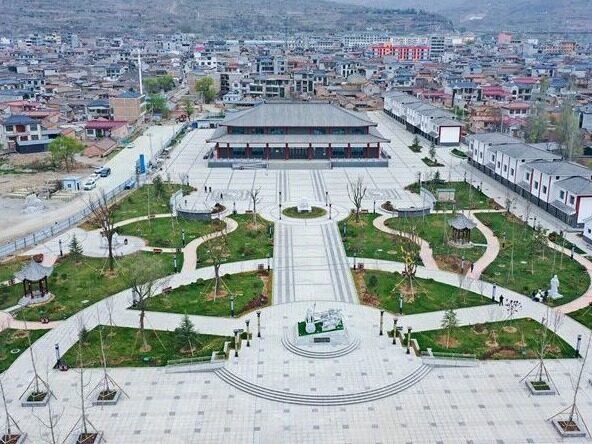

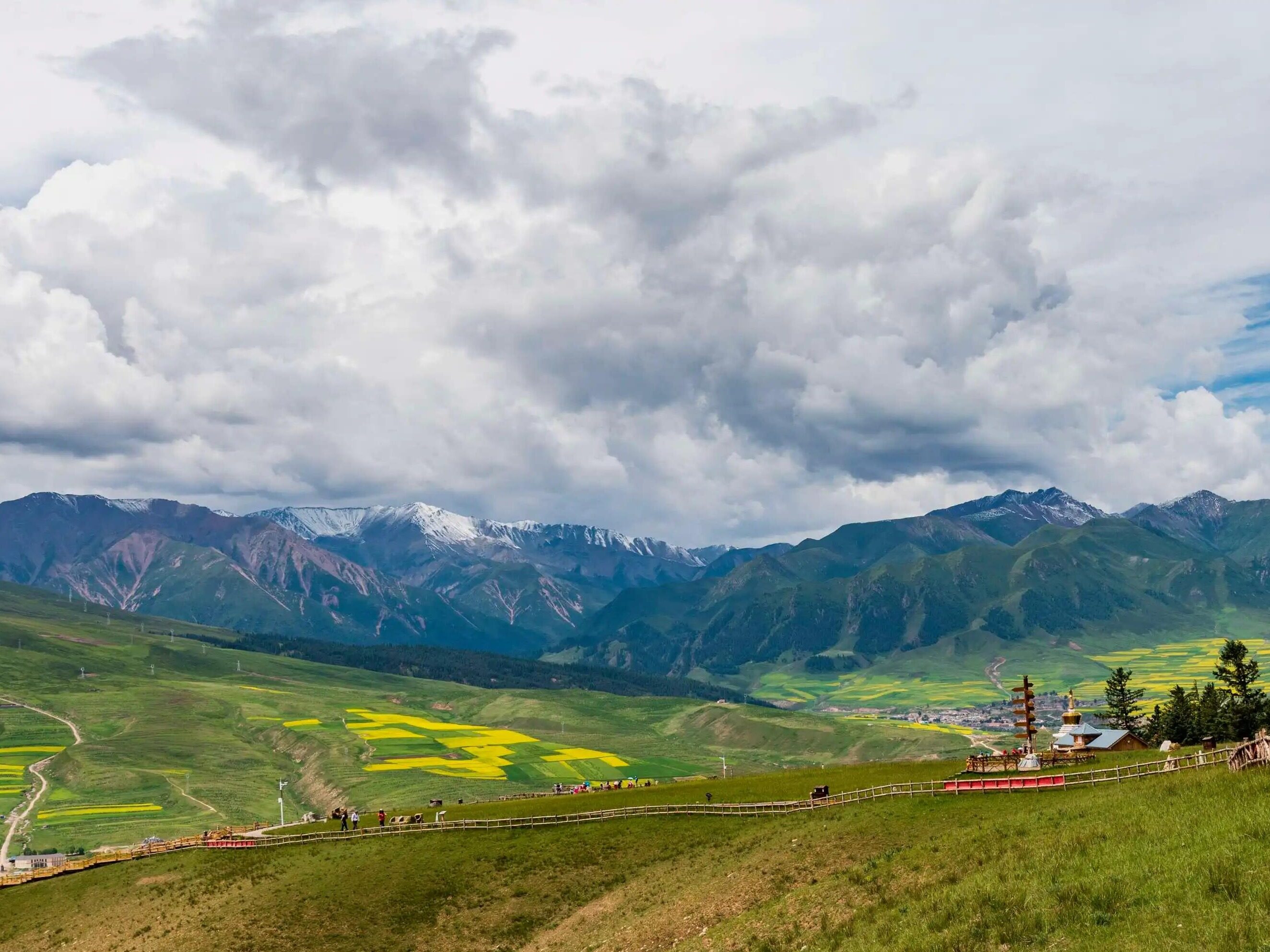






Write something~